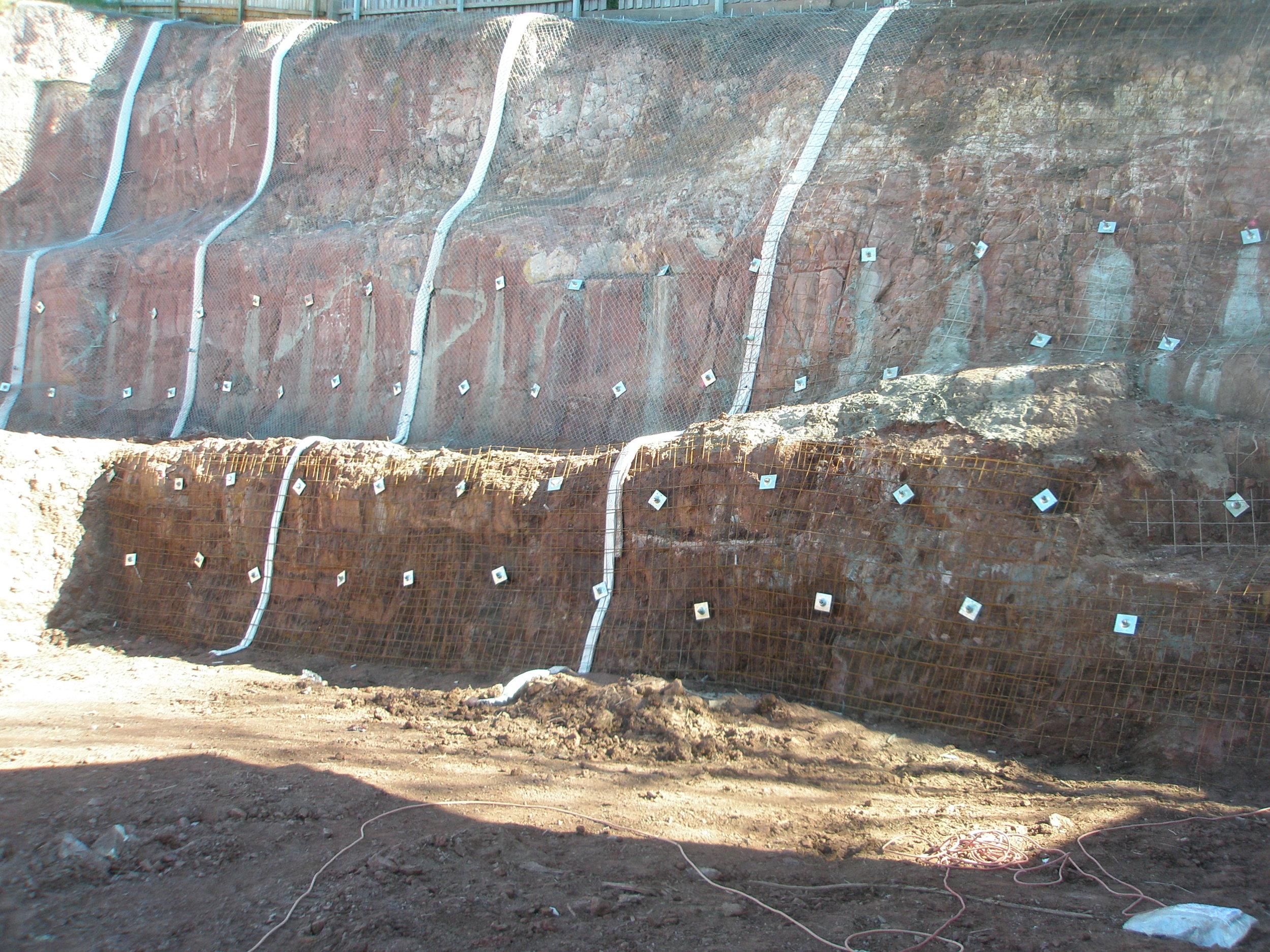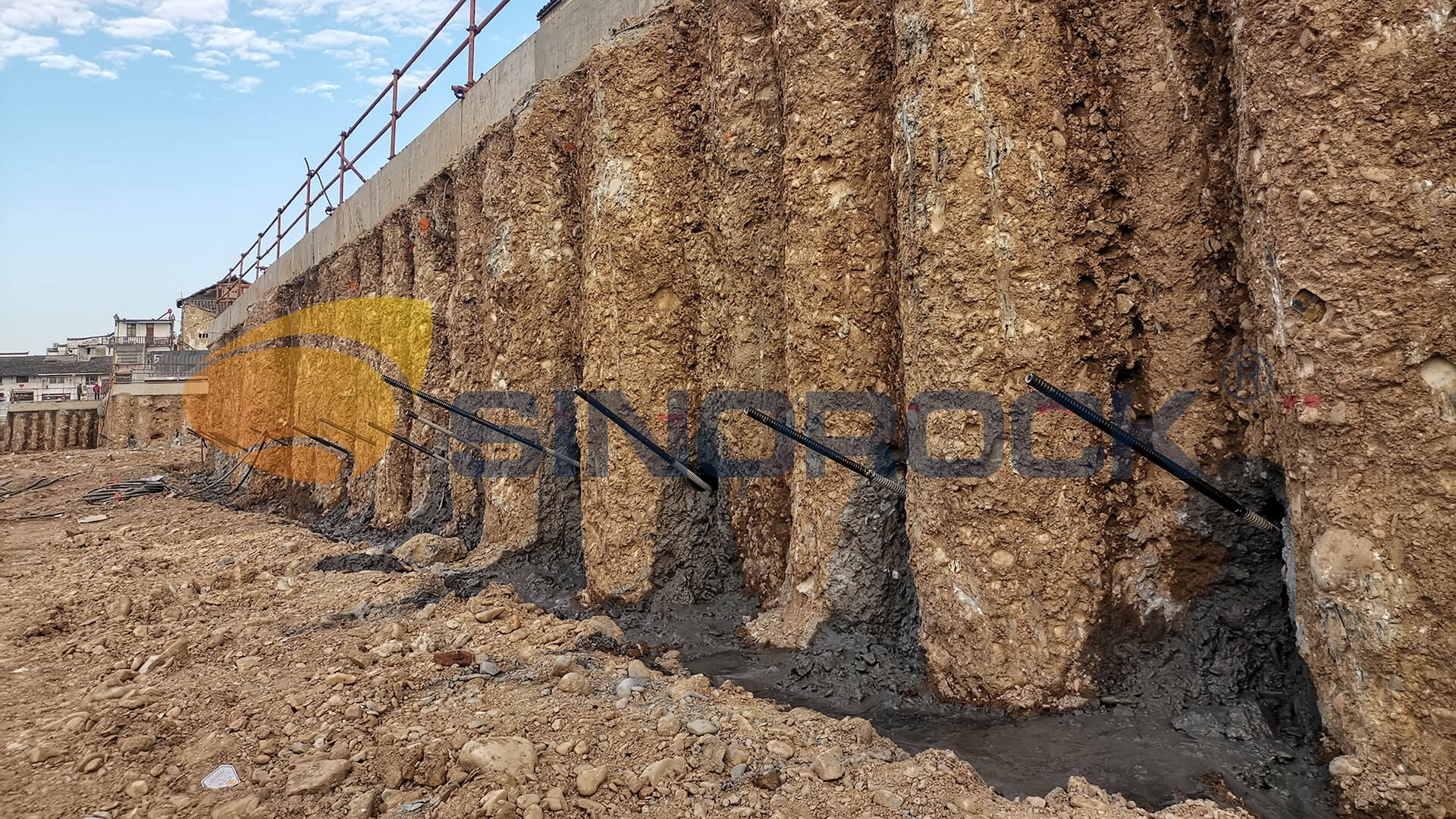Williams Anchors: High-Performance Anchoring Solutions for Construction Projects
Williams Anchors: High-Performance Anchoring Solutions for Construction Projects
Blog Article
Reliable Rock Anchors for Secure and Secure Foundations
In the realm of civil design, the role of trustworthy rock anchors can not be overstated, as they are crucial in establishing safe and secure and stable foundations throughout a variety of applications. Comprehending the various types of rock supports, their specific applications, and the complexities of installment and maintenance is vital for maximizing their performance.
Kinds Of Rock Anchors

Passive supports count on the weight of the framework and the surrounding soil or rock to give resistance. Energetic anchors, on the various other hand, involve the application of tension through a high-strength cord or pole, producing a pre-stressed condition in the support - Williams Anchors.
Grouted anchors are an additional substantial classification, where a steel bar or wire is put right into a pierced hole, complied with by a cementitious cement. As soon as treated, the cement bonds with the bordering rock, producing a durable anchoring system. Each kind of rock support uses unique advantages based on the particular geological conditions and structural requirements, thereby playing a critical duty in the total honesty and durability of built facilities.
Applications in Building
Rock supports play an essential role in various building and construction applications, supplying vital support and security in diverse environments. These cutting-edge services are utilized in tasks ranging from large facilities developments to smaller sized domestic frameworks. One of the key applications of rock supports remains in the stablizing of slopes and retaining wall surfaces, where they help protect against soil erosion and preserve structural stability.
Additionally, rock supports are important in safeguarding foundations for bridges, passages, and skyscrapers, ensuring they can hold up against lateral pressures such as wind and seismic activity. Their convenience enables installment in challenging geological conditions, making them ideal for jobs in hilly or rocky surfaces.

Secret Option Requirements
Choosing the proper rock support for a certain application needs mindful factor to consider of a number of essential criteria. The geological problems of the website need to be extensively assessed. Recognizing rock type, stamina, and stability is necessary to guarantee that the support will certainly perform successfully under lots conditions.

Another essential variable is the corrosion resistance of the anchor materials. In settings revealed to moisture or chemicals, utilizing corrosion-resistant products will certainly lengthen the lifespan of the anchors and preserve architectural honesty over time.
Furthermore, the support's installment approach should align with the project's demands and restraints. Relieve of setup, in addition to the prospective influence on bordering frameworks, must be thought about.
Setup Strategies
Reliable installation methods are vital for the effective efficiency of rock supports. Appropriate setup makes sure that the supports accomplish the preferred load-bearing capability and stability within the geological conditions. The primary step in the setup process includes site assessment, where geological surveys determine the rock type, problem, and any kind of possible challenges.
As soon as the website is assessed, the suitable drilling method have to be Discover More picked-- choices include rotary drilling, ruby drilling, or percussion exploration. The choice depends on rock solidity and ecological considerations. Accurate exploration depth and angle are important to make sure that the anchors align with architectural demands and load circulation.
After boring, the next stage includes cleaning the borehole to remove debris, which can compromise bond strength. Following this, the support is put, and if required, a cement or resin is injected to improve attachment. The treating time of these materials should be stuck to, guaranteeing that the supports attain full strength before any load is used.
Maintenance and Evaluation
Proper maintenance and evaluation of rock anchors are necessary to ensure their lasting efficiency and reliability (Williams Anchors). Normal assessments help recognize any potential issues, such as rust, displacement, or structural tiredness that could endanger the honesty of the anchoring system
Regular evaluations need to be carried out at defined periods, taking right into account ecological elements and the certain application of the rock anchors. Visual assessments should focus on the revealed areas of the anchors, inspecting for indicators of corrosion, cracks, or other anomalies. In addition, it is vital to evaluate the surrounding geological conditions to identify any shifts in soil or rock that may impact support efficiency.
In many cases, more sophisticated methods such as lots screening or non-destructive screening might be warranted to establish the supports' load-bearing capability and general wellness. Correct documents of examination findings, maintenance tasks, and any repairs or replacements performed is vital for ongoing here are the findings analysis and conformity with sector criteria.
Conclusion
In final thought, trustworthy rock supports play a critical duty in making certain safe and secure and steady foundations throughout numerous building applications. By successfully transferring loads and boosting security against lateral pressures, these supports contribute considerably to the longevity and integrity of frameworks such as bridges, tunnels, and keeping walls. Strategic option, installment, and maintenance of rock anchors additional reading are essential for maximizing performance and safeguarding public safety and security, inevitably highlighting their importance in modern-day engineering practices.
Report this page